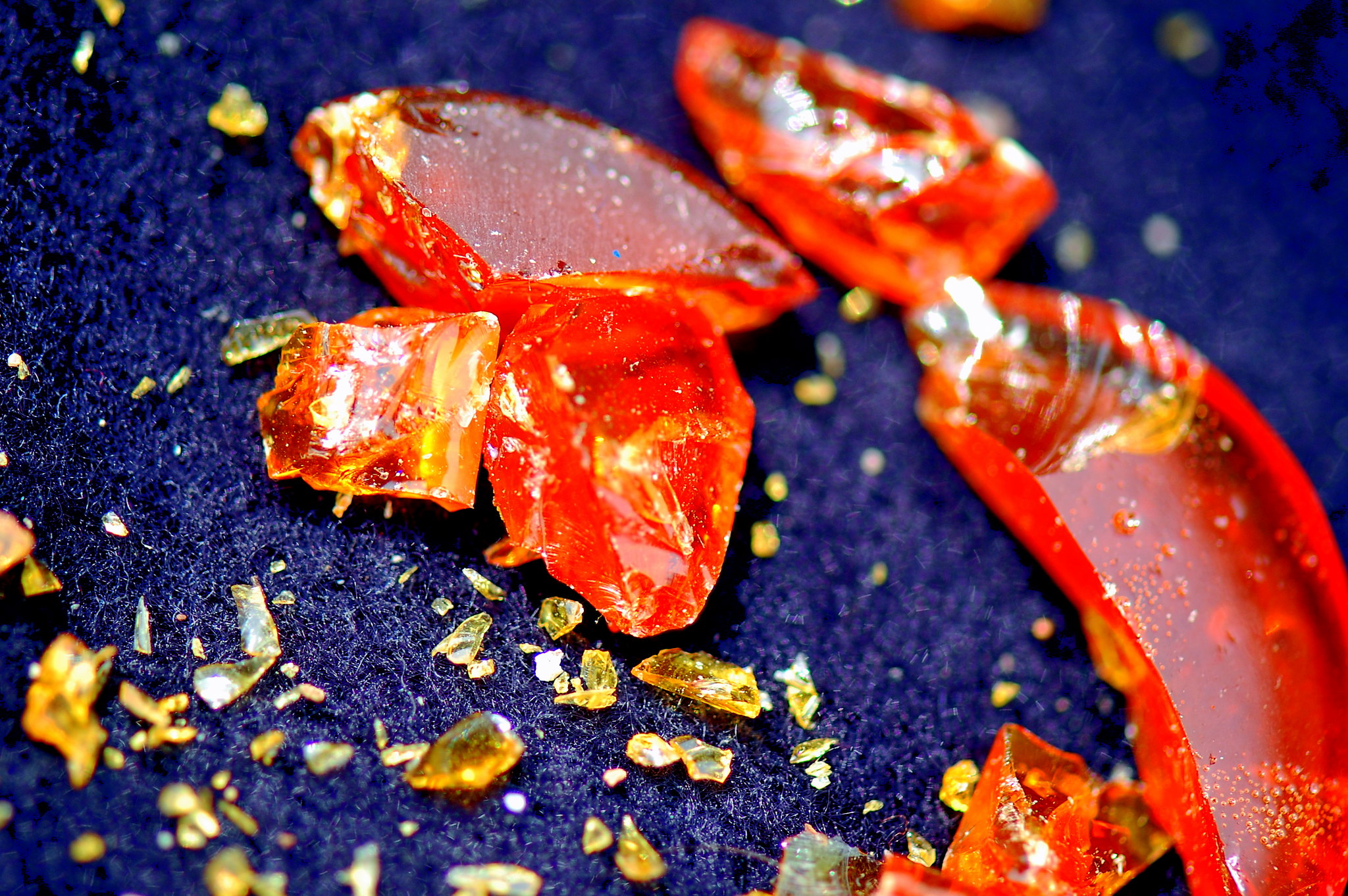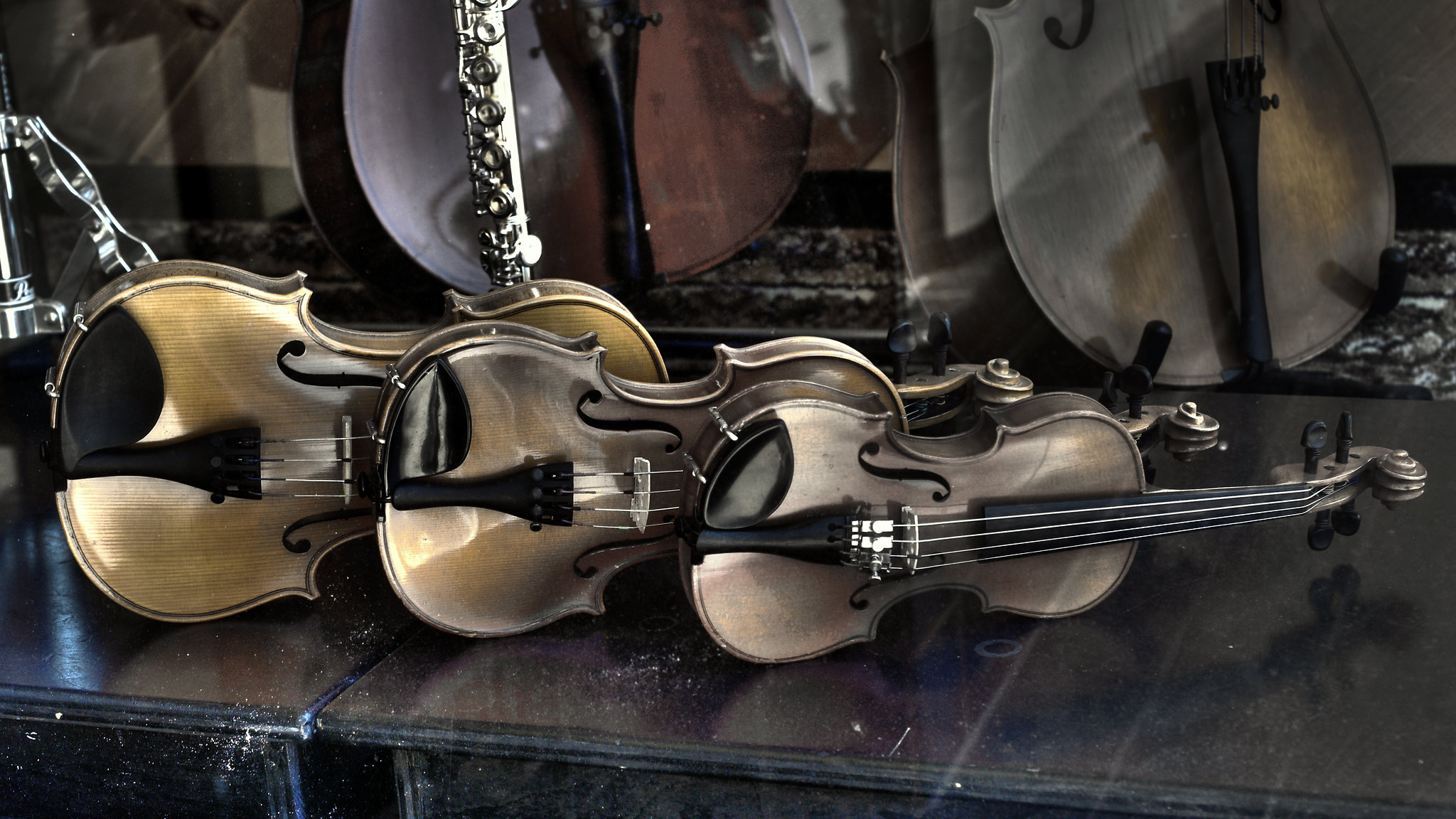A correct violin bow hold is extremely important and a first skill of new violinists. If you learn to hold a bow incorrectly, it's very difficult to break a bad bow hold and form a new habit. Learn to hold it correctly the first time, and you'll thank yourself down the line. Here's a guide on how to hold a violin bow correctly and some pitfalls to avoid.
Hold Me Gently
The bow should be held very gently. It's meant to be a fluid and easily manipulated piece of the instrument. If the bow is gripped with a fist, you'd find it very difficult to quickly shift strings, play notes quickly, or even maintain an even tone. Bows ought to be held with a loose, natural grip. In addition to losing flexibility and playability if you held a bow incorrectly, you'd likely damage the bow as it's very sensitive to high pressure and abuse.
Know the Geography
There are certain parts of the violin bow that might help you navigate a correct bow hold. Look for the tightly wound wire around the lower part of the bow; look for the white mother of pearl dot on the frog of the bow; find the little u shape just above the little white dot. All of these will help you remember where to place your fingers until muscle memory takes over and it becomes second nature for you to have a correct violin bow hold.
For beginners, sometimes a guide is necessary, and there are products available to aid a new player.
Take Your Places
Now it's time to place your fingers in the correct areas. As you hold the bow in your left hand, shake your right hand out, loosening any tension you might feel in your right hand. Place your hand in a neutral position on the frog (or the bottom) of the bow. The frog has the screw to tighten the horsehair, a small wooden piece with a mother of pearl inlay, some leather and wire components. You should not be touching any horsehair as oils from your hands will damage the hair. The tip of the bow is the opposite end of the bow. Almost without exception, you'd never hold the tip of the bow for any reason. Gently rest your neutral-positioned hand on the frog of the bow.
Step 1
Gently stretch your index finger up toward the wire wrapped area of the frog, Let it gently wrap around the bow, almost giving the bow a hug. Remember to stay loose.
Step 2
Bend your thumb into a right angle and rest it against the wood of the bow. Your thumb might brush against the horsehair. This is acceptable. The index finger and your thumb should be working against one another, holding the bow between the two. To make sure you have a good grip on your bow between your index finger and thumb, see if you can hold the bow with just these two digits... carefully!
Step 3
Let your middle finger reach the small u shape in the frog, and position it right on top of the u shape, covering the u up.
Step 4
Let your ring finger find the little white dot, and cover the white dot with your finger. Check to make sure your hand is still relaxed and not starting to clench.
Step 5
Curl your pinky and place it on top of the bow. Your pinky acts as a counterweight and it's extremely important. One may argue that the two most important fingers are your index and your pinky fingers because of the reason that these two fingers are the weight and counterweight for playing across strings on the violin.
The hand should be loose and in a general sloping shape, rotated toward the tip of the bow. Fingers should be slightly spread out between the index and middle, but the rest ought to be equidistant to one another.
Here is a good visual of what should be happening on your right hand after following the above steps.

Benefits of a Good Bow Hold
A bow hold can make or break how good a string player becomes. The violin bow hold is extremely important in terms of the energy it takes to play well. Think about how difficult it would be if you held a pencil or pen in a full-palm grasp. You would work so hard to make the loops for cursive writing or write a long essay. By only moving your fingers when writing and occasionally moving your arm to move across a page, the actual energy output of writing with a proper pencil grip is very low comparatively speaking. The same is true of a bow hold. If you hold a bow incorrectly, you'll use so much more energy playing a stringed instrument than if you hold it correctly.
Additionally, the flexibility of a good bow hold is extremely important to note. Without a proper bow hold, it's nearly impossible to correctly play fast tempos or accurate articulations. It's also very difficult to achieve a beautiful tone on a stringed instrument when the bow is not controlled by a good bow hold.
The acceptable place for the bow to land on the violin is just in front of the bridge. With the proper pressure applied to the bow, this place on the violin is the "sweet spot" for the most beautiful tone. Keeping the bow running parallel to the bridge in this sweet spot is nearly impossible without the flexibility of a good bow hold. Along with the sweet spot for a beautiful tone, the bow's stick should be directly parallel to the bow's hair, which is directly parallel to the violin's bridge. Needless to say, there are many parallels in string playing!

String music often requires a player to use the whole length of the bow. The entire length is needed--from tip to frog. Without a good bow hold, this flexibility is impossible to achieve.
Summary
Bow hold technique is incredibly important to successful string playing. Without a good violin bow hold, it's not possible to have excellent tone, flexibility necessary for technical playing, or the ability to sustain notes on the violin. Learn it right the first time, and save yourself a lot of headaches!





